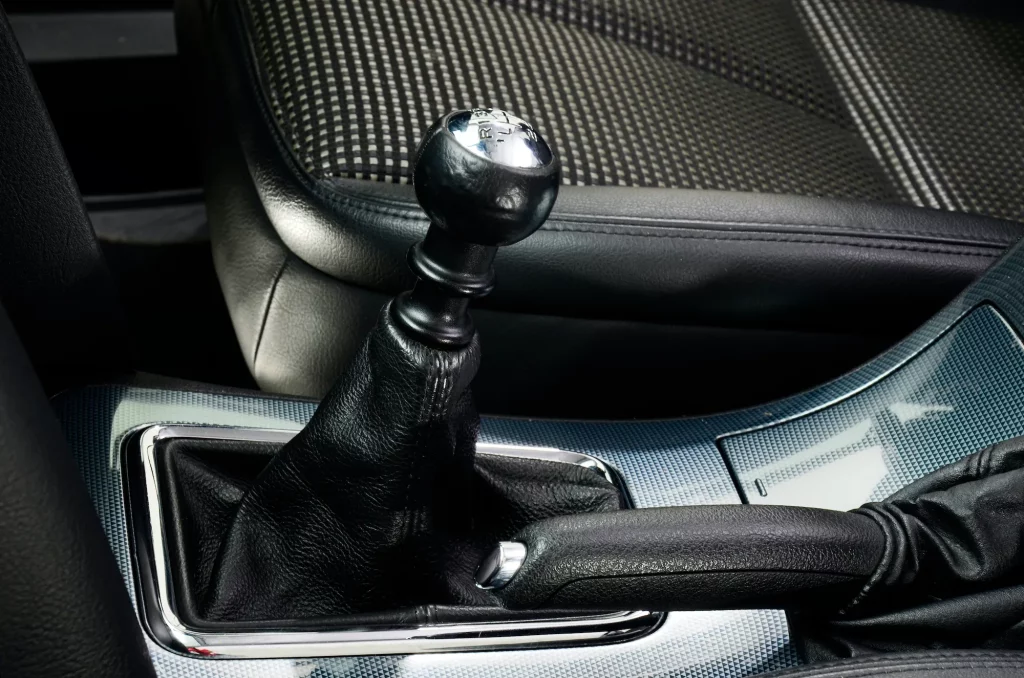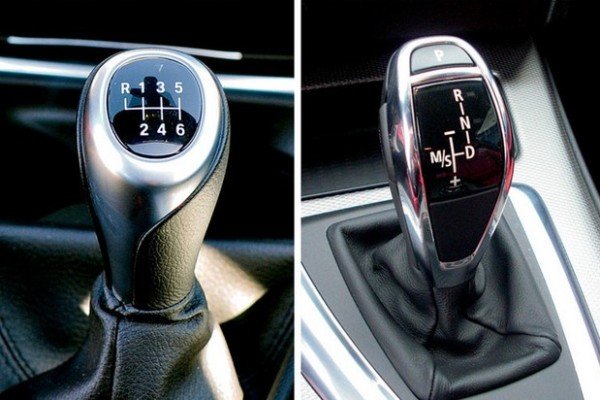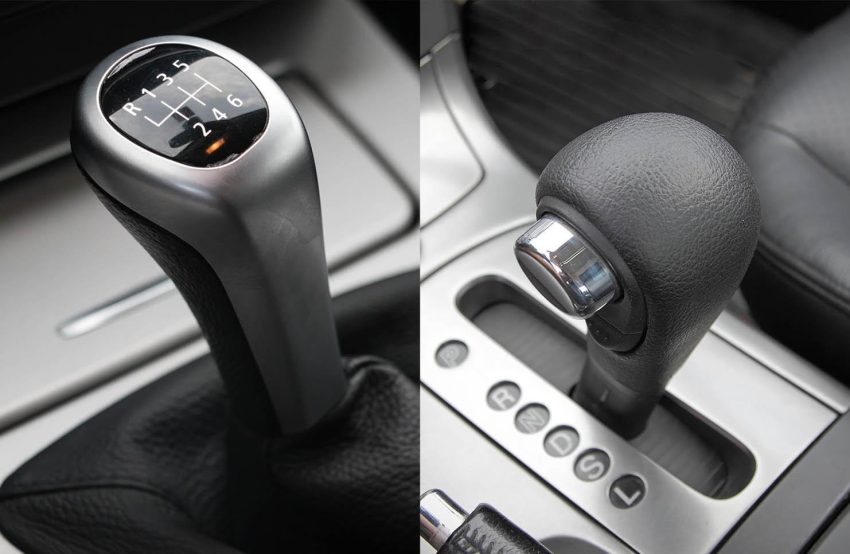Are you considering the possibility of transforming your beloved manual transmission car into an automatic powerhouse?
Yes, many vehicles can be converted from manual to automatic transmissions, which can provide a more convenient driving experience. Conversions can be professionally installed or done as DIY projects by those with mechanical skills and tools.
Read on to explore whether changing your car from manual to automatic is the right choice for you.
Reasons for Considering a Manual to Automatic Conversion

Ease of Driving: Many people find automatic transmissions easier to drive, especially in heavy traffic or on long highway journeys. With it, there’s no need to operate a clutch pedal and manually shift gears, making driving more convenient and less tiring.
Medical or Physical Limitations: Individuals with certain medical conditions or physical limitations may find it challenging to operate a manual transmission. An automatic one can provide more accessible and less strenuous driving.
Market Availability: This might be more in demand in various areas or for particular automobile models, which could have an impact on resale value. Potential purchasers might find it more appealing after conversion.
Adaptation to Urban Driving: In urban areas with heavy traffic and frequent stop-and-go conditions, it can be more convenient and less fatiguing, which is why some people opt for the conversion.
Family Needs: If the car is primarily used by family members who are not comfortable with manual, converting to automatic can be a practical choice to accommodate everyone’s driving preferences.
Professional Use: Certain professions, like taxi driving, might require an automatic one due to its ease of operation and greater compatibility with a wide range of drivers.
Challenges and Complexities
- Technical complexities and component modifications.
- High conversion expenses and potential impracticality.
- Compatibility issues with drivetrain and electronics.
- Legal, safety, and resale value concerns.
- Warranty implications.
Alternatives to Conversion
Sell and Purchase: The most straightforward alternative is to sell your manual car and purchase a new or used vehicle with an automatic one. This approach allows you to select a car that already meets your transmission preference.
Adapt to Manual: If you’re determined to keep your current car with it, you can adapt to driving it. Many people become proficient with manual transmissions over time and find the experience enjoyable. Practice and experience can make shifting gears more natural and less of a hassle.
Dual-Clutch or Semi-Automatic Transmission: Some cars come with dual-clutch or semi-automatic transmissions, which offer automated shifting but still allow manual control when desired.
Further, These are a compromise between a traditional manual and a fully automatic, commonly found in sports cars, providing a more comfortable shifting experience with the ability to manually shift gears without a clutch pedal when desired.
Transmission Upgrades: If your goal is to improve the driving experience or performance rather than converting to an automatic, consider upgrading your manual components, such as the clutch or shift linkage, to enhance ease of use and comfort.
Driver Assistance Technologies: Some modern cars come equipped with driver assistance technologies like adaptive cruise control and automatic parking systems. These technologies can make driving in traffic or parking more manageable even with a manual transmission.
Car Sharing or Second Vehicle: If you only need it occasionally, consider car sharing or renting an automatic vehicle when needed. Alternatively, you could have a second vehicle with an automatic one for specific situations.
The Process of Converting a Manual Car to an Automatic Transmission

Assessment and Planning:
- Evaluate the feasibility of the conversion for your specific car make and model.
- Make a detailed plan, including a list of all necessary components, tools, and parts.
Safety Precautions:
- Ensure the vehicle is securely parked on a level surface and the parking brake is engaged.
- Disconnect the vehicle’s battery to prevent electrical accidents during the process.
Gather Necessary Parts and Tools:
- Acquire an automatic transmission, torque converter, and any additional components required for the specific conversion.
- Make sure you have the right tools for the job, including wrenches, sockets, a hydraulic jack, and jack stands.
Remove the Manual Transmission:
- Lift the vehicle using a hydraulic jack and secure it with jack stands.
- Disconnect and remove the driveshaft and any other components that connect the manual transmission to the engine.
- Carefully remove the manual transmission from the vehicle.
Prepare the Vehicle:
- Adjust or change the frame to fit the new automatic transmission.
- Modify the suspension to handle the shift in weight.
- Adapt or replace the wiring and electronic systems for the automatic transmission.
Install the Automatic Transmission:
- Carefully install the automatic transmission, ensuring that it is properly aligned and secured.
- Connect the automatic transmission to the engine using the torque converter.
Fluid and Cooler Installation:
- Install the transmission fluid cooler to manage transmission temperature.
- Fill the transmission with the appropriate transmission fluid.
Adjust Linkage and Shifter:
- Modify or replace the shifter and linkage to accommodate the automatic transmission’s gear selection.
Electrical and Computer System Integration:
- Update or reprogram the vehicle’s computer system to communicate with the automatic transmission and ensure proper operation.
Testing and Calibration:
- Conduct a thorough test of the converted vehicle to ensure the transmission functions correctly.
- Test drive the vehicle to verify that the shifting and operation are smooth and free of issues.
Safety and Legal Compliance:
- Ensure that the converted vehicle complies with safety and legal standards in your area. This may include inspections, certifications, or emissions testing.
Documentation and Record-keeping:
- Maintain records of all modifications, adjustments, and parts used during the conversion for reference and potential future resale.
FAQs
How Much Does It Cost To Convert A Manual To Automatic Transmission?
The cost of a manual to automatic transmission conversion varies depending on the vehicle, the choice of a full conversion kit or individual parts, and whether you do it yourself or have it professionally fitted. A full conversion typically ranges from $15,000 to $30,000.
Is An Automatic Transmission Better Than A Manual?
Yes, Automatic transmissions offer advantages such as smoother shifts, adaptability to various driving conditions, especially in stop-and-go traffic, and the potential for better fuel economy when well-designed.
Should I Convert A Manual To Automatic Transmission Or Buy New?
Converting to an automatic transmission can be a viable option if your preferred vehicle never had an automatic option from the factory. It allows you to keep a beloved car and customize the conversion to your preferences, making it an attractive option for many.
Are Shifts Faster In An Automatic Or Manual Transmission?
In general, automatic transmissions offer faster shifts than manual transmissions. They can shift gears almost instantaneously, providing smooth and quick gear changes.
Is It Hard to Switch From Manual to Automatic?
Yes, Switching from a manual to an automatic can be challenging because it involves adjusting to the absence of a clutch pedal. One common mistake is accidentally using the brake with the left foot while keeping the right foot on the accelerator.
Is Manual Better Than Automatic?
No, The choice between manual and automatic transmissions depends on individual preferences and needs. Automatic transmissions are easier to use and more comfortable, while manual transmissions can be less expensive and provide a more engaged driving experience. The best choice varies from person to person and may require a test drive to decide.
Final Words
In conclusion, while it is technically possible to change a car from manual to automatic, this undertaking presents numerous challenges, including technical complexities, high costs, and potential compatibility issues.
Moreover, the decision to pursue such a conversion should be carefully considered, as it can significantly impact the vehicle’s value and may not always result in a seamless transition.
Alternatives such as selling the car or adapting to a manual transmission should also be explored. At last, the choice should align with individual preferences, needs, and the practicality of the conversion for the specific vehicle in question.

